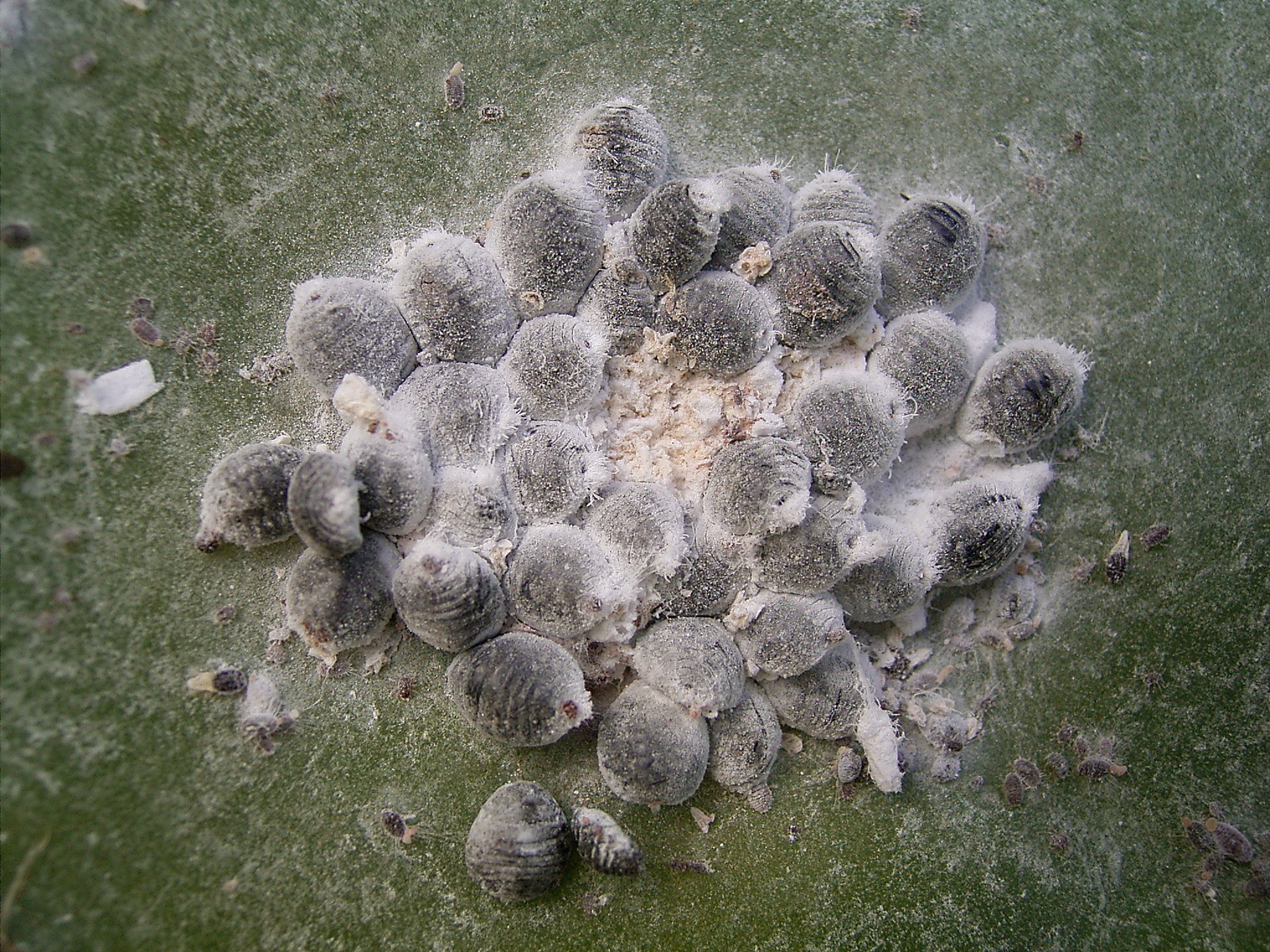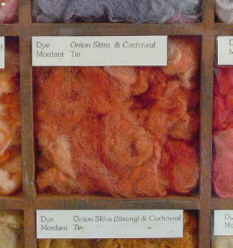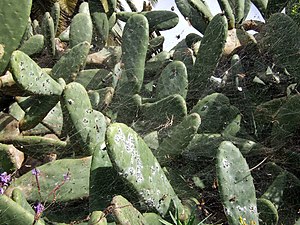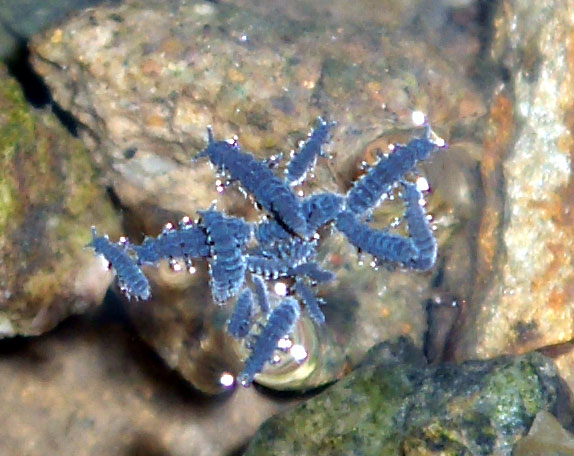The last couple of days here in my office I've devoted to identifying, then cataloging and accessioning (taking down the information about the specimen, and legally making the specimens ours, respectively) a donation by one of our former curators, Dr. Laurie Vitt.
 |
| Some of the specimens donated, including a lot of different orders and families of insects |
Dr. Vitt and his wife Dr. Caldwell have done insect collecting (along with other animals) at their property in Le Flore Co., Oklahoma for several years, and have graciously donated the material here. They also did some collecting in Arizona, California, and Florida, so now we have those representatives too. When you look at just some of the beetles (Order: Coleoptera) donated, you can see some of the neat diversity that we now have in our museum.
This isn't all of the beetles, just some of the ones I'm working on at the moment. Currently I'm trying to sort them to family (one of the higher categories of relationships), then if I can, I go as far as genus and species. The genus and species name make up the scientific name, which is part of our use of binomial nomenclature in science (e.g.
Chrysina gloriosa...
Chrysina is the genus name,
gloriosa the species). If you notice, scientific names also are either
italicized or
underlined; this helps indicate they are scientific names and not common names (common names are the informal names, like "bumble bee" or "June bug").
 |
| Dung beetles; Canthon sp. and Deltochilum gibbosum |
Since I'm not really a beetle scientist (my expertise is on Heteroptera, or True bugs), a lot of the beetles are only identified to genus, and I'm leaving it to real experts on beetles to identify them to species. The sp. and the end of
Canthon in the figure, for example, means the specimen is in the genus, but what species is left undetermined. To identify many insects to species you need to dissect them, and we have to make sure they are cataloged first.
 |
| Some of the easier to ID beetles; including the distinctive Rhinocerus beetle Dynastes (really big grayish-green beetle), Rainbow Scarab Phanaeus (second from the right, first row), and Jewel Scarab Chrysina (mint green beetle with silver stripes). |
Identifications to species is useful for several things. One, it helps understand what the real diversity is for an area. What may be recorded as just having one genus of a beetle may in fact, on further investigation, be 5-6 species: increasing the diversity by a factor of 5. Having the species names also helps understand the ecology of an area: if you know that one species lives in open water, the other in swamps, then you know that the area that they were collected included both environments. Having a total number of species and what species they are is also useful for ecology, and is the main goal for our Oklahoma
Bioblitz and our Texas+ Oklahoma co-organized
Entoblitz. The more we understand about what species live in a place can make the place even more unique!
So to conclude, we have a lot of really neat beetles we're adding to our collection, including quite a few that even I, the Heteroptera person, will admit are pretty neat and kind of (
kind of...) make me want to work on them a bit more myself. However, for now I'll stick to cataloging them and getting them into our collection, and later let the experts have all the fun. Happy Friday!













